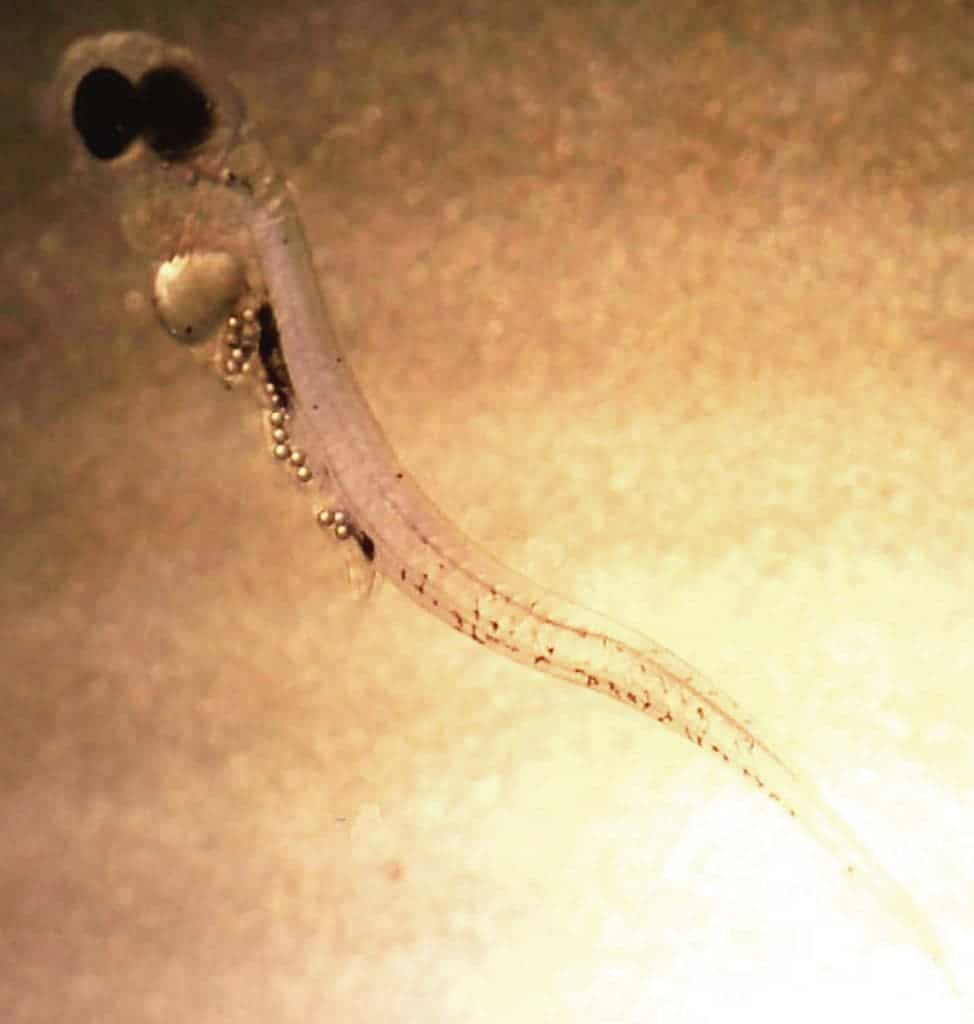An influential and controversial article discussing the effects of microbeads on sea life has been retracted by the journal Science after an independent review board found the study authors “guilty of scientific dishonesty.”
“After an investigation, the Central Ethical Review Board in Sweden has recommended the retraction of the Report “Environmentally relevant concentrations of microplastic particles influence larval fish ecology,” by Oona M. Lönnstedt and Peter Eklöv, published in Science on 3 June 2016,” the press release wrote.

Microbeads have been making a much-needed emergence in the spotlight, due to the damage they are inflicting on the environment. Microbeads are manufactured solid plastic particles measuring less than five millimeters in their largest dimension that are relatively common as an exfoliating agent in cosmetics and personal care products, such as soap, facial scrub, and toothpaste. When they’re washed down the drain, they almost always make their way into rivers and canals, resulting in plastic particle water pollution, where they can be ingested by local wildlife. To make things even worse, due to their geometry, they tend to absorb and concentrate pollutants like pesticides and polycyclic hydrocarbons.
A variety of wildlife can mistake microbeads for their food source, from small fish, amphibians and turtles to birds and larger mammals. Microbeads also aren’t eliminated upon ingestion, so they just accumulate higher up the food chain. To sum it up, they’re bad for the environment, and they do a lot of damage. There has been some controversy, with one study suggesting that relevant levels of polyethylene microbeads had no impact on larva, but overall it seems that there is sufficient evidence to establish the negative impact of microbeads. However, that doesn’t justify misleading science. Many studies have found that microbeads negatively affect aquatic animals.
The study in question, published in June 2016, wrote that microbeads make baby fish “smaller, slower, and more stupid,” and less likely to survive. It’s not clear at this point if the study was intentionally misleading or if it simply had some innocent holes in it, but the review committee decided to withdraw the paper.The conclusions seemed to go in line with previous research, but this one raised some red flags, which prompted an internal investigation first, and then one that went up to the Central Ethical Review Board of Sweden (CEPN), which launched a more thorough investigation of its own. During this investigation, authors Oona Lönnstedt and Peter Eklöv contacted Science to let them know that the data was unavailable and impossible to recover, due to a stolen laptop, they claim.
Back in Sweden, ichthyologist Bertil Borg of Stockholm University was hired to review the work and found it to be riddled with problems. “The suspicions of deceit cannot be denied,” he wrote to the board. The final report of the CEPN was damning. It stated that not only was the paper full of red flags, but Lönnstedt and Eklöv’s responses to the allegations “have been in all essentials deficient, at times contradictory and have not infrequently given rise to further questions.” Despite disagreeing with the conclusions of the report, the two authors did ask for a withdrawal, which Science did. This will not stop the ongoing internal investigation, which might have even more dire consequences for the two.
“We take what has happened very seriously,” university representative Johan Tysk said in a statement. “It may damage confidence in the University and in research. It is also very difficult for all those involved. We intend to thoroughly review all aspects of the case, but we cannot say at present exactly how we will go about this.”
Indeed, it’s moments like this which can significantly alter the public’s trust in science and in scientists. A single misleading or forged study can have dramatic consequences, sometimes even globally. In 1998, Andrew Wakefield published a study claiming to have found a link between the measles, mumps and rubella (MMR) vaccine, and the appearance of autism and bowel disease. That study was forged and the claim has since been discredited, but without any other study finding similar results, many people still believe that vaccines cause autism. It is important to have a result confirmed in another study.


